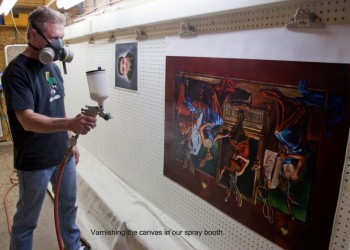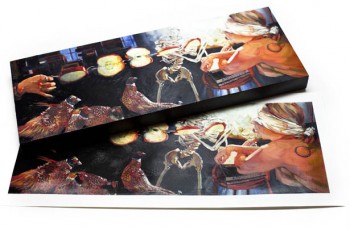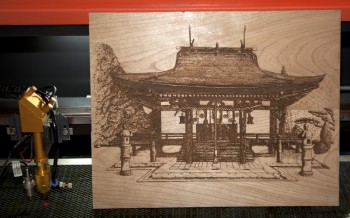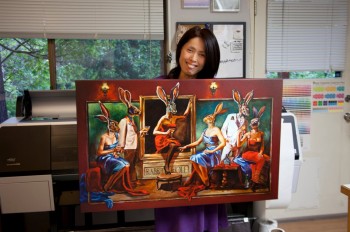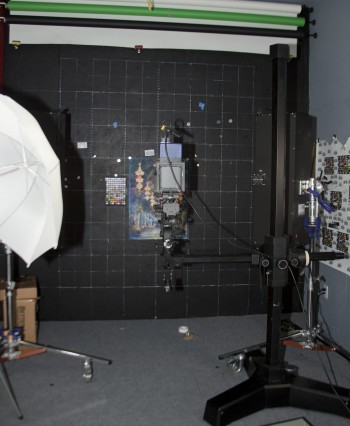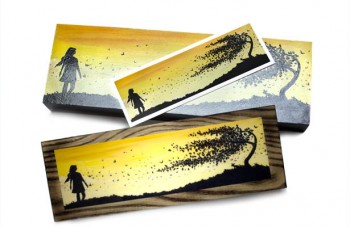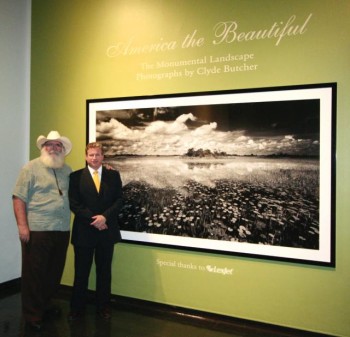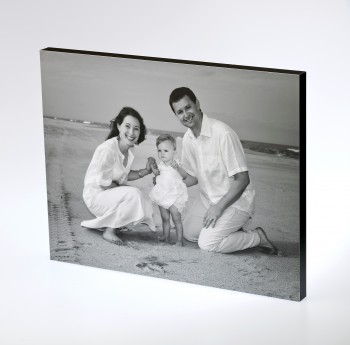
The last time we spoke with Gordon Kreplin, award-winning PPA photographer and owner of Ascencion Photography in North Carolina’s Outer Banks, he told us how important being able to print his own work was to his advertising and promotion.
As noted in that blog post, the ability to produce large, eye-catching banners that draw in traffic from the busy thoroughfare nearby is a big plus. The bigger plus, according to Kreplin, is in his daily photography work. A high-quality inkjet print produced in-house is incredibly effective word-of-mouth advertising.
“We’ve had the experience where someone who’s seen one of our prints somewhere and calls because they have seen their neighbor’s prints. The word of mouth from the quality of the print hanging up is very strong advertising. “You can’t get that quality and ability to control the process any other way; it’s less time, energy and money for me to do it myself,” says Kreplin. “The only way the photography business as a whole can survive is if we offer high-end imaging and printing, and that’s what’s separated our business. We tell our clients that they’ll get a classical portrait printed in a very refined manner using the same care with which I print my own competition prints and competition prints for other photographers.”
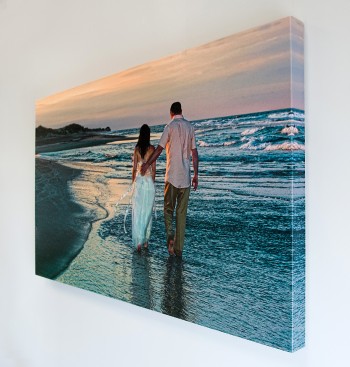
Kreplin reports that one of Ascencion Photography’s best sellers this past year has been Sunset Fibre Elite, which has been a nice complement to his other standard photo print media: Sunset Photo eSatin Paper, Sunset Select Matte Canvas and Sunset Photo Gloss Paper.
“Printing on any of the Sunset Fibre-based papers is a great seller because the Dmax is so much greater: your darks are richer, your lights are more detailed and you get the sense of more of a three-dimensional image when it’s displayed,” says Kreplin. “Sunset Photo eSatin Paper is the paper I use the most. When someone gets a regular 8×10 on that, it’s beautiful. Plus, we use gallery mounts we get from Pacific Mount, apply the eSatin and coat it with Hahnemuhle Protective Spray. The eSatin is great for that application because it’s a nice, thick paper that holds up well. Those gallery mounts fly out the door.”
The power and importance of print will be part of a workshop Kreplin will teach at the Virginia Professional Photographers Association annual conference in February. The pre-conference workshop is planned for Feb. 22 (the event in Roanoke is scheduled to run Feb. 22-26), the proceeds of which will help raise money for scholarships. Be sure to check back here for more information about the event and Kreplin’s workshop.
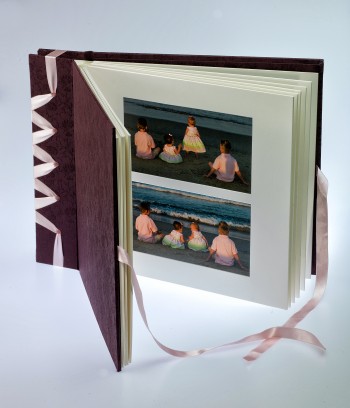
Entitled Walk into the Light, the focus is on making environmental lighting work in your favor, from capture to print, or, as Kreplin puts it, “It’s about how to make lemons into lemonade if you don’t have the perfect lighting on location.”
“We’ll also talk a lot about image capture and how using the information from the capture will help you understand what can be produced: how you look at your dynamic range and how that will relate to a print,” adds Kreplin. “If you keep printing in mind throughout the process, you’ll know how to present a great image electronically as well.”

